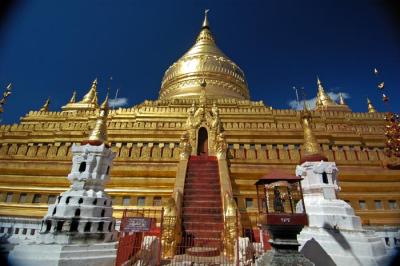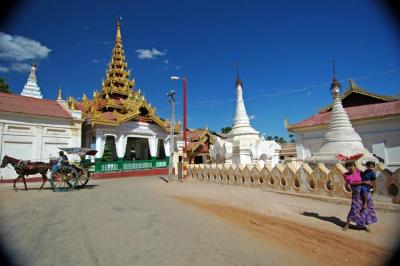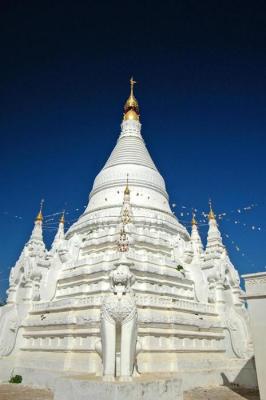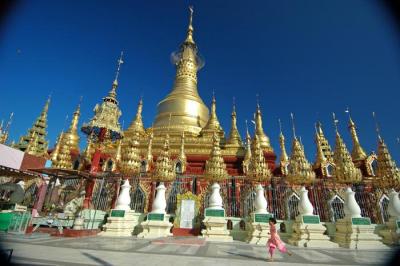





 |
 |
 |
 |
 |
 |
| Jean-Marc MICHEL | profile | all galleries >> Burma >> Aungban >> Burma >> Shwezigon | tree view | thumbnails | slideshow |
| previous page | pages 1 2 ALL | next page |
 DSC_0001 |
 DSC_0030 |
 DSC_0038 |
 DSC_0388 |
 DSC_0392 |
 DSC_0502 |
 DSC_0009 |
 DSC_0506 |
 DSC_0040 |
 DSC_0020 |
 DSC_0504 |
 DSC_0391 |
| previous page | pages 1 2 ALL | next page |
| comment | share |
| silhyammyint | 26-Jan-2007 07:16 | |